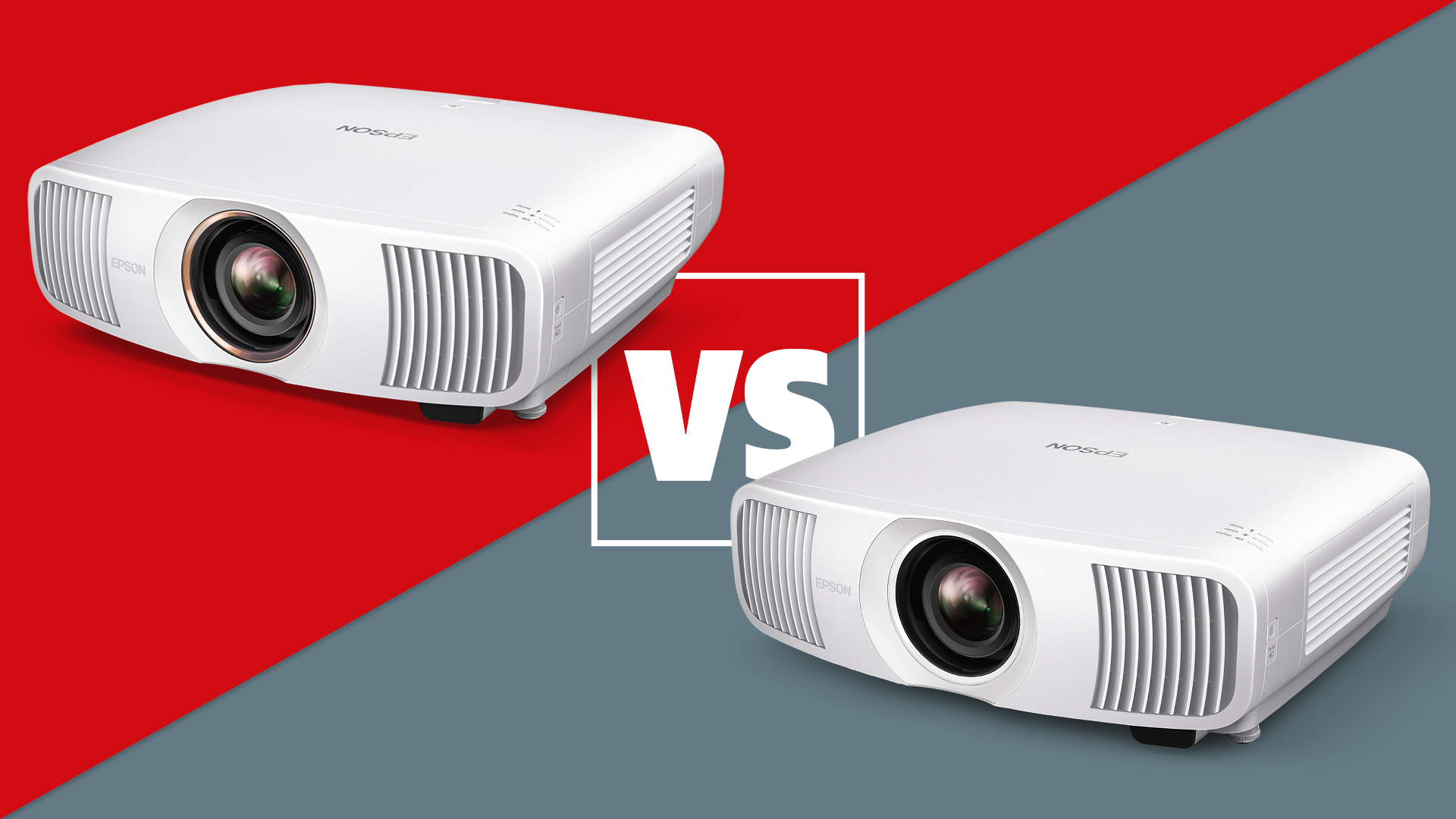Apple Music adds support for hi-res audio and Spatial Audio with Dolby Atmos – and at no extra cost
Coming this June

As has been rumoured for the past week or so, Apple Music is adding support for lossless audio, as well as and Dolby Atmos-powered 3D audio (aka Apple's Spatial Audio).
The service's 75 million-strong catalogue will be available in CD quality (16-bit/44.1kHz) or hi-res (24-bit/48-192kHz). There will be 20 million songs in lossless audio at launch, with the full 75 million available by the end of the year.
Meanwhile, "thousands" of tracks will be available in Apple's Spatial Audio tech (as previously featured in its AirPods Pro and AirPods Max headphones). Spatial Audio adds "multidimensional sound and clarity", making the audio sound much more immersive.
Both features will launch in June and won't cost Apple Music subscribers any extra money. The monthly subscription cost remains £10 ($10, AU$11.99).
Apple has described the new features as Apple Music's "biggest advancement ever in sound quality" – which we'd have to agree with.
- Read all about: Spatial Audio, Dolby Atmos and hi-res audio
- Apple Music lossless supported devices: what will (and won't) play lossless and Spatial Audio, and why
It's not the first streaming service to support lossless, of course – Tidal, Qobuz, Deezer and Amazon Music HD all offer lossless listening. But it has pipped Spotify to the post, with the green giant not launching its own lossless tier, Spotify HiFi, until later in the year.
As expected, Apple's lossless streams use ALAC (Apple Lossless Audio Codec) to offer more detail and informationion in a recording. That should mean higher audio quality, albeit also bigger file sizes – estimates put it at around 36MB of data for a three-minute track.
The latest hi-fi, home cinema and tech news, reviews, buying advice and deals, direct to your inbox.
There are three tiers of lossless audio to accommodate different files sizes and situations in which you can play them: CD quality (16-bit/44.1kHz), 24-bit/48kHz, and 24-bit/192kHz. You can choose which quality you would to stream or download in through the Settings > Music > Audio Quality section of Apple Music. While music up to 24-bit/48kHz can be played natively on Apple devices, playing anything above that – 24-bit/96kHz or 24-bit/192kHz streams, for example – requires connecting an external DAC. Apple is calling these highest-quality streams 'Hi-Resolution Lossless'.
Apple's Spatial Audio, meanwhile, is enabled by Dolby Atmos for Apple Music. By default, Apple Music will automatically play Dolby Atmos tracks on all AirPods and Beats headphones with an H1 or W1 chip*, as well as the built-in speakers in the latest versions of the iPhone, iPad and Mac. Compatible devices, therefore, include the iPhone 12 family, AirPods 2 and Beats Powerbeats Pro. Playing from an Apple TV 4K into a Dolby Atmos device will work too.
What's more, Apple's Buddy Judge has now confirmed to us that Spatial Audio with Dolby Atmos will also work with all headphones. If you're using non-Apple headphones you'll simply have to switch the new Dolby Atmos setting to 'Always On' rather than the default 'Automatic'.
At launch, there will be "thousands" of tracks available in Spatial Audio, and Apple says it will be adding new tracks "constantly". It will also put together a set of Atmos playlists so you can easily find something to listen to. Albums available in Dolby Atmos will sport a badge on the detail page to make them easy to spot.
Apple says it's working with artists and levels to produce more songs in Spatial Audio.
Now all we need is the heavily rumoured, suspiciously imminent AirPods 3 to drop this week...
*Compatible headphones: AirPods, AirPods Pro, AirPods Max, BeatsX, Beats Solo3 Wireless, Beats Studio3, Powerbeats3 Wireless, Beats Flex, Powerbeats Pro, and Beats Solo Pro.
MORE:
With Apple and Amazon offering lossless streaming for no extra charge, what now for their rivals?
Try 30 Apple Music tips, tricks and features
Need new music? 10 Apple Music playlists to listen to right now
It seems Spotify HiFi is missing something – but will it matter?
Read up on the best music streaming services 2021
What Hi-Fi?, founded in 1976, is the world's leading independent guide to buying and owning hi-fi and home entertainment products. Our comprehensive tests help you buy the very best for your money, with our advice sections giving you step-by-step information on how to get even more from your music and movies. Everything is tested by our dedicated team of in-house reviewers in our custom-built test rooms in London, Reading and Bath. Our coveted five-star rating and Awards are recognised all over the world as the ultimate seal of approval, so you can buy with absolute confidence.

